World's wind power capacity increased by a record 19% in 2019
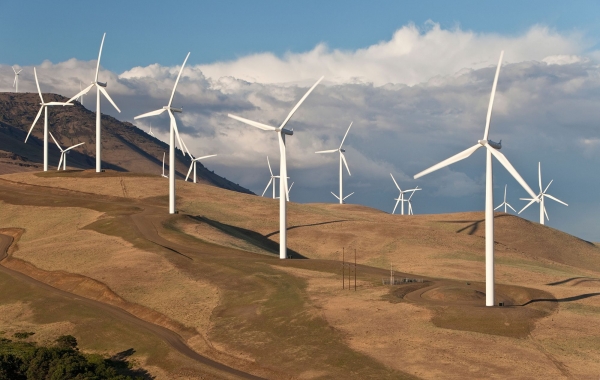
Wind power industry has experienced impressive growth during the past year resulting in a total 19% increased capacity.
Wind power is a reliable source of renewable energy that is highly utilized in order to reduce humanity's dependence on fossil fuels. As technological means quickly develop, efficiency in onshore and offshore wind power increases.
The total wind power capacity increased by 60.4 GW in 2019 as a result of onshore wind farm projects and a record number of new offshore facilities.
Even so, according to the Global Wind Energy Council (GWEC), the current growth is still inadequate when it comes to addressing climate change and reaching the Paris Agreement targets. Those include keeping the world's average temperature below 2°C or even 1.5°C with respect to the pre-industrial levels.
“If we are to have any chance at reaching our Paris Agreement objectives and remaining on a 1.5°C pathway, we need to be installing at least 100GW of wind energy annually over the next decade, and this needs to rise to 200GW annually post-2030 and beyond,” Ben Backwell, CEO of GWEC, stated.
About 67% of the global wind farm projects are established in China and United States. Moreover, those 2 countries account for the majority of the new facilities. Nevertheless, more and more nations are investing in this source of renewable energy. "Established market players such as China and the US accounted for nearly 60 per cent of new installations, however, we see emerging markets in regions such as South East Asia, Latin America and Africa playing an increasingly important role in the years to come, while offshore wind is also becoming a significant growth driver," Backwell added.
The current trend is unlikely to remain the same in 2020 as a result of the coronavirus outburst that has affected most of the infrastructure projects globally. The actual impact of the pandemic in wind power projects has not been quantified yet, but it is certain that the 20% growth that experts anticipated is currently an unrealistic target. A new estimation of the annual growth will be derived in the second quarter of the year.
Nevertheless, officials from GWEC believe that the pandemic can be an opportunity for future wind farm projects as governments should invest in infrastructure in order to boost the economy. The development of renewable energy facilities would also be crucial to tackle the climate change issue. “We have an important window of opportunity. Major economies around the world are preparing stimulus packages. A well-designed stimulus package could offer economic benefits and facilitate a turnover of energy capital which have huge benefits for the clean energy transition,” Dr. Fatih Biro, head of International Energy Agency (IEA), said.
Sources: Guardian, Ecowatch, Windpowermonthly
Sources: Guardian, Ecowatch, Windpowermonthly
Want to read more like this story?
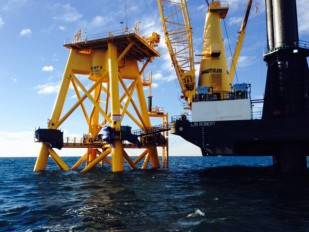
The first offshore wind farm in the US will become operational by the end of 2016
Aug, 16, 2016 | NewsThe project is called Block Island Wind Farm and will supply electric power to 17,000 households...
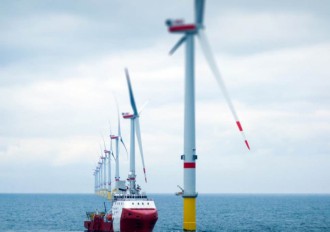
Offshore wind power can potentially meet the world's electricity demand
Oct, 30, 2019 | NewsAccording to a report issued by the International Energy Agency(IEA), as technology evolves, th...
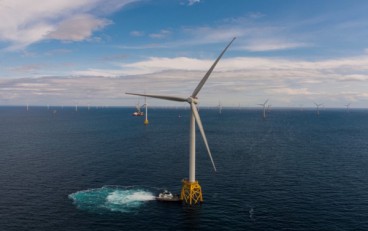
United Kingdom to power all residences by wind farms in the following decade
Oct, 05, 2020 | NewsThe government of the United Kingdom announced that wind farms can power all its residences by 2030....
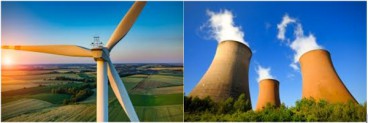
Global wind power capacity exceeds nuclear energy for the first time
Mar, 11, 2016 | NewsWind power generation has the potential to cover global consumption, according to a report from the...
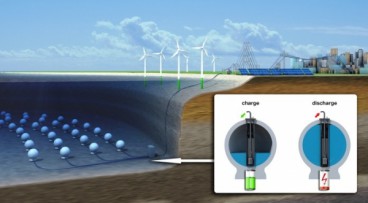
Wind Energy: Storage Balls On The Seabed
Oct, 22, 2015 | NewsThe method that is currently being used to store wind energy is pumped storage: the surplus of wind...
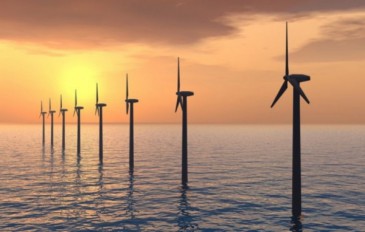
World’s largest offshore wind farm is expected to be ready by 2020
Feb, 26, 2016 | NewsWith a capacity of 1.2 GW, Hornsea Project One will be the world's first offshore wind farm to excee...

No Other Charcoal! Wind Energy Is Cheaper!
Jun, 15, 2015 | NewsWind energy could provide part of the solution to exit the crisis in Greece, but for such long-term...

U.S. largest wind farm is under construction in Oklahoma
Mar, 19, 2018 | NewsThe 2-GW wind farm—called the “Wind Catcher”, is expected to provide electricity t...
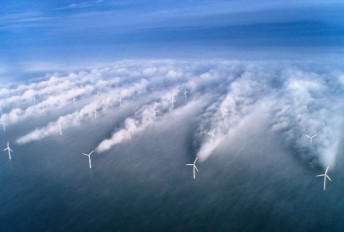
How to manipulate windmills full power in a large wind farm
Oct, 10, 2018 | NewsWind turbines convert the wind's kinetic energy into electrical energy. As wind farms utilize m...
Trending

Vertical gardens in Mexico City to combat pollution

Saudi Park Closed After 360 Big Pendulum Ride Crashes to Ground, 23 injured

Characteristics of Load Bearing Masonry Construction

Taipei 101’s impressive tuned mass damper

Dutch greenhouses have revolutionized modern farming

Federal court rules Biden’s offshore drilling ban unlawful


